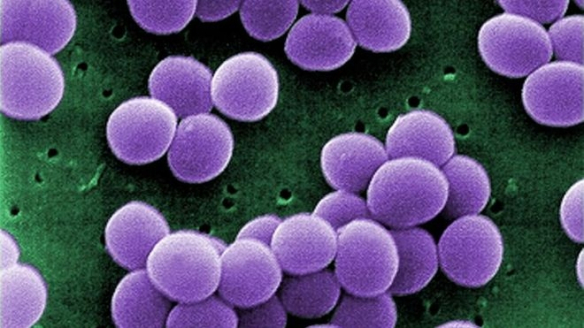Melinta Therapeutics, announced today that the U.S. Food and Drug Administration (FDA) has approved Baxdela (delafloxacin), indicated in adults for the treatment of acute bacterial skin and skin structure infections (ABSSSI) caused by susceptible bacteria. Baxdela is a fluoroquinolone that exhibits activity against both gram-positive and gram-negative pathogens, including MRSA (methicillin-resistant Staphylococcus aureus), and is available in both intravenous (IV) and oral formulations.
“Antibiotic resistance is a growing concern, and physicians need more tools in the fight against this threat to modern medicine. Approval of new therapies like Baxdela, which is effective against MRSA and other serious pathogens, provides physicians another option in addressing the challenges of ABSSSI patients,” said Dr. David Hooper, professor of medicine, Harvard University, and chief of Infection Control, associate chief, Division of Infectious Diseases, Massachusetts General Hospital.
Baxdela is indicated in adults for the treatment of acute bacterial skin and skin structure infections (ABSSSI) caused by susceptible isolates of the following:
- Gram-positive organisms: Staphylococcus aureus (including methicillin-resistant [MRSA] and methicillin-susceptible [MSSA] isolates), Staphylococcus haemolyticus, Staphylococcus lugdunensis, Streptococcus agalactiae, Streptococcus anginosus group (including Streptococcus anginosus, Streptococcus intermedius, and Streptococcus constellatus), Streptococcus pyogenes, and Enterococcus faecalis;
- Gram-negative organisms: Escherichia coli, Enterobacter cloacae, Klebsiella pneumoniae, and Pseudomonas aeruginosa.
IMPORTANT SAFETY INFORMATION
WARNING: SERIOUS ADVERSE REACTIONS INCLUDING TENDINITIS, TENDON RUPTURE, PERIPHERAL NEUROPATHY, CENTRAL NERVOUS SYSTEM EFFECTS, AND EXACERBATION OF MYASTHENIA GRAVIS
Fluoroquinolones have been associated with disabling and potentially irreversible serious adverse reactions that have occurred together, including:
- Tendinitis and tendon rupture
- Peripheral neuropathy
- Central nervous system effects

